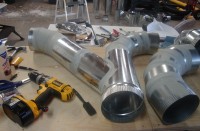Written By Bobby. In Design Process,Starting? Go here!
Conveying and Recording Your Design to Yourself Using Your Current Abilities
I get it. Your shop evolved randomly, and is now an accumulation of stuff you bought or made as you needed them. You’ve been so busy making stuff that things are the way they were.
You’ve even made whole projects on the fly, with few drawings, or maybe just a rough sketch on a post-it note you put in your pocket for later.
However, to really optimize your shop for yourself, it’s got to be built over time in design…

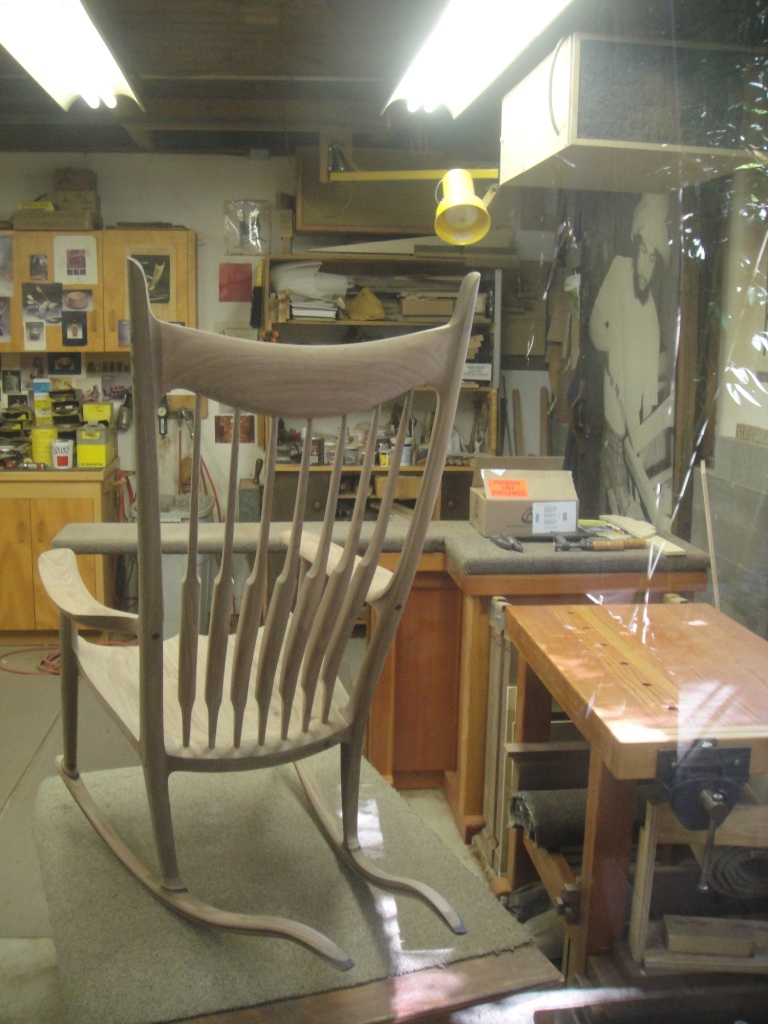

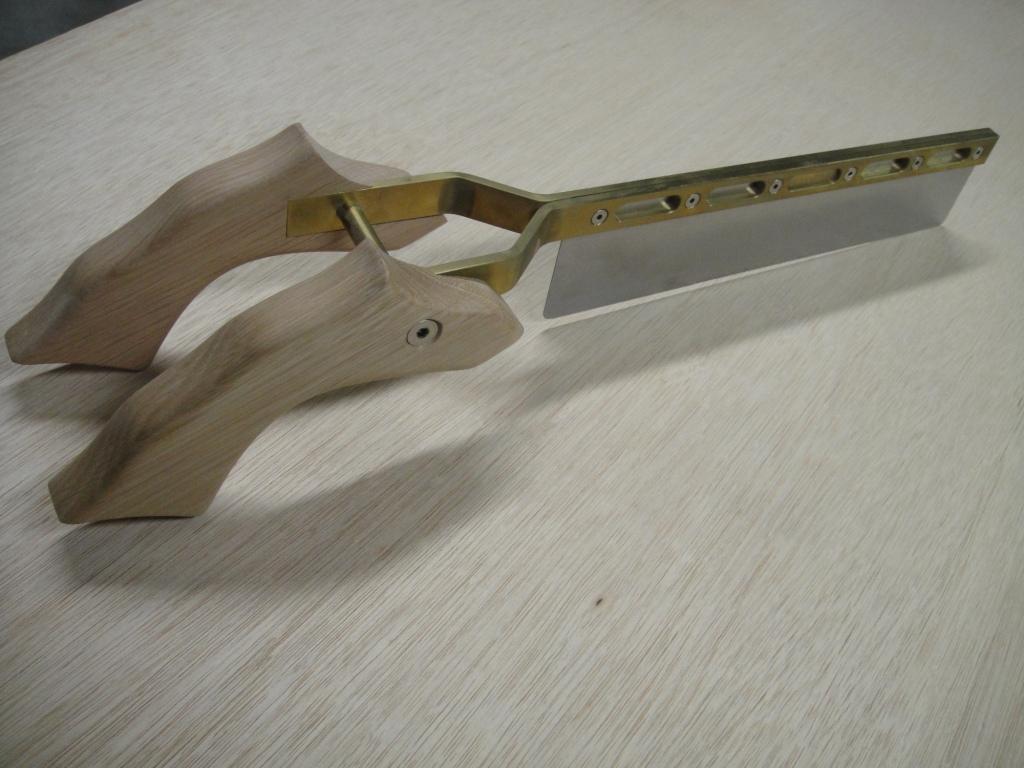
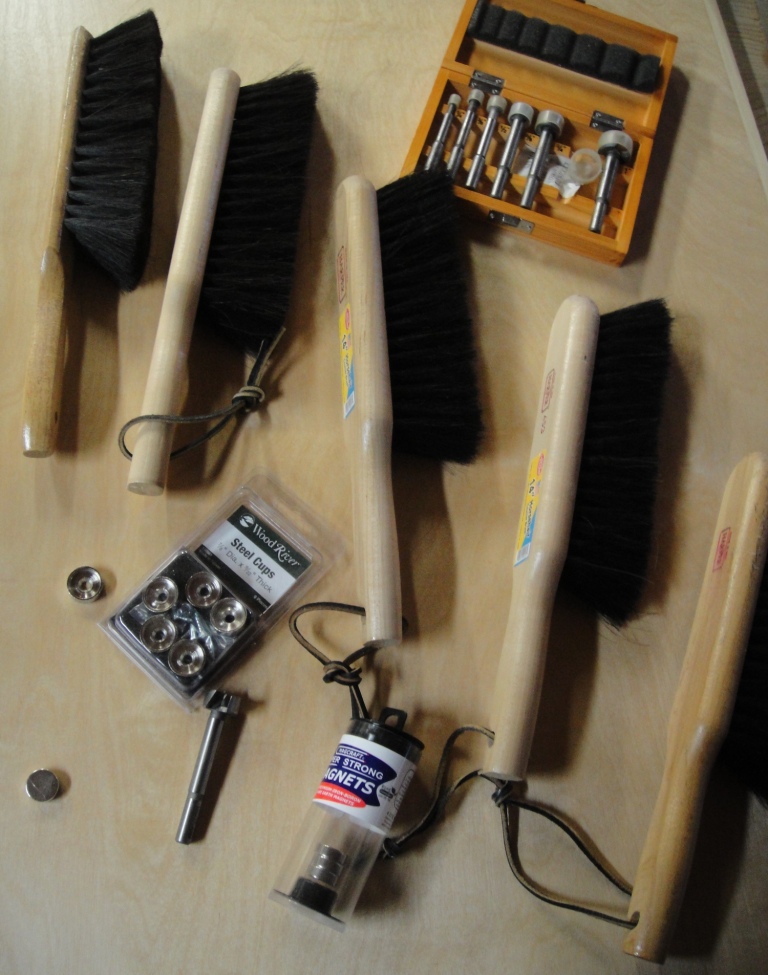

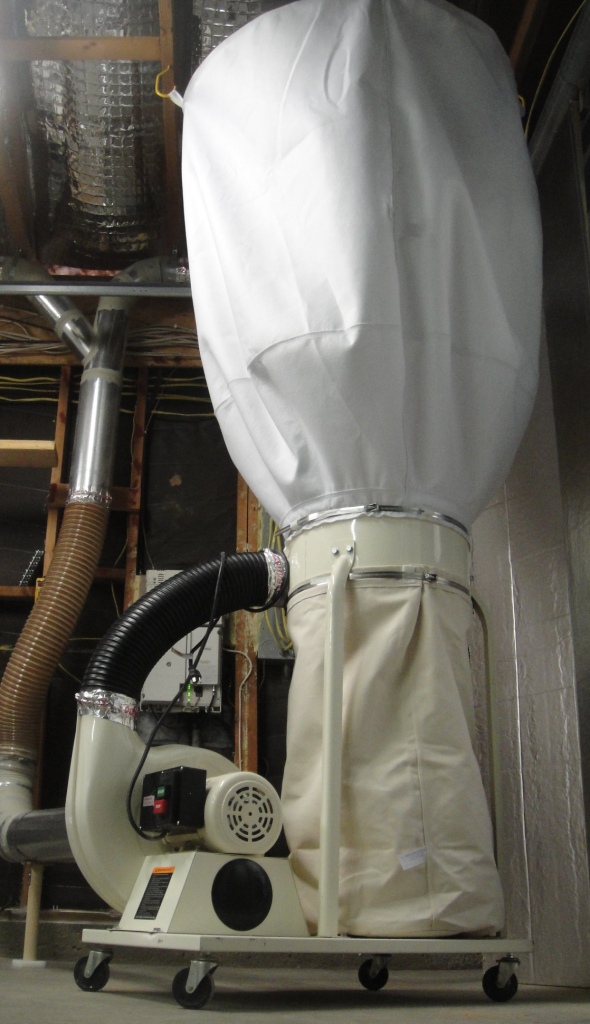
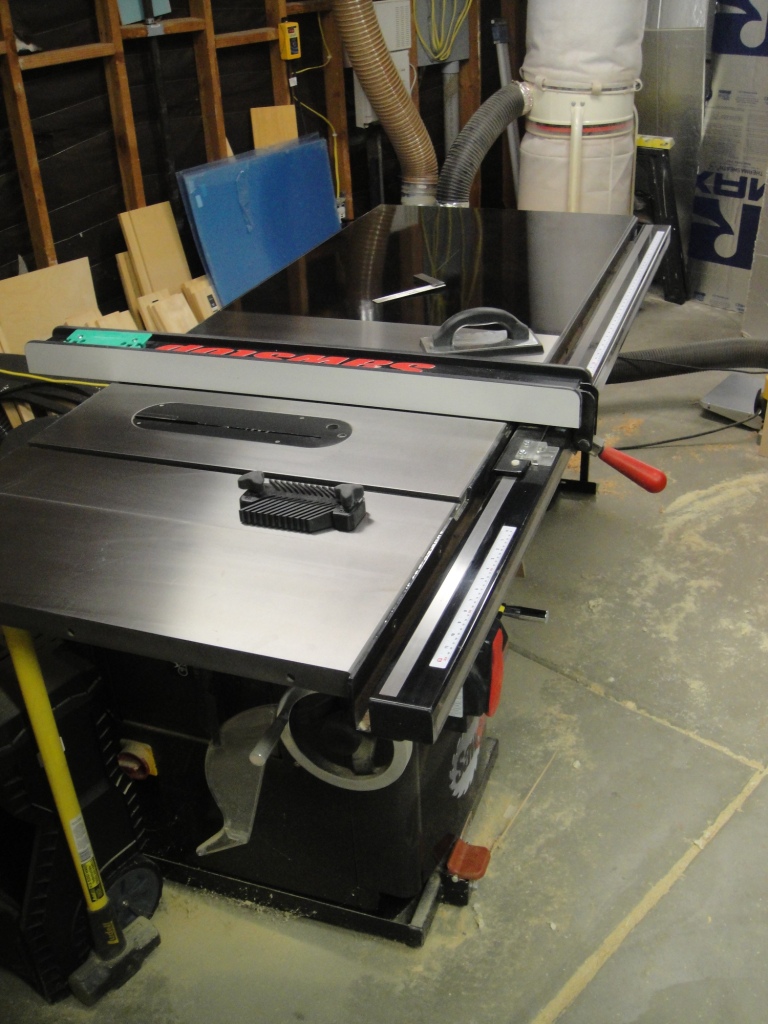

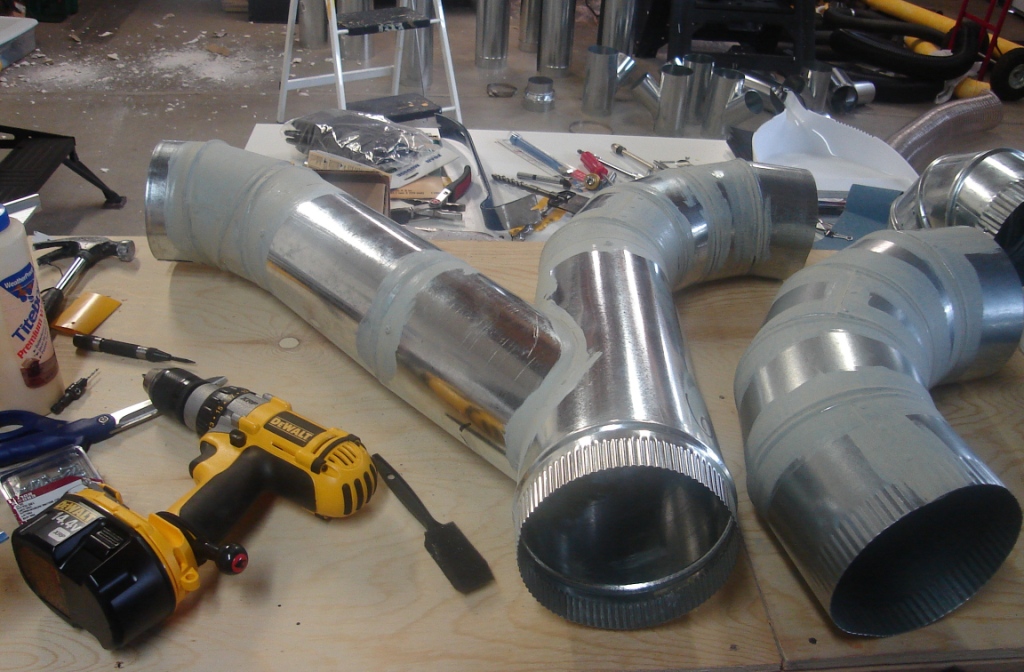
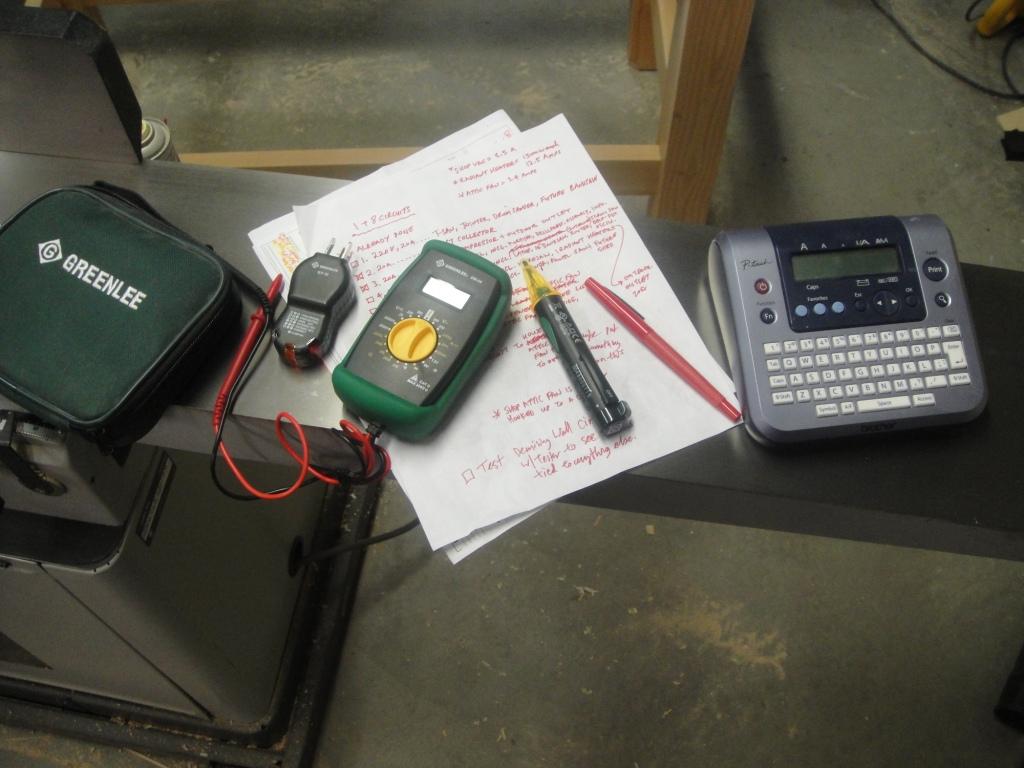


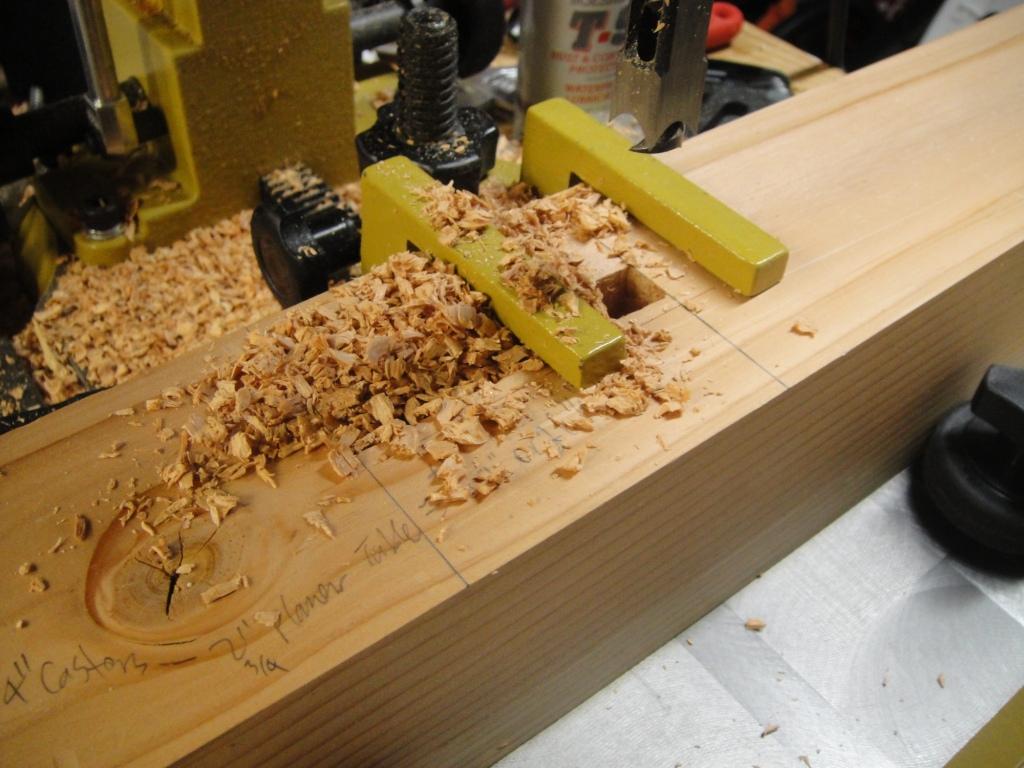
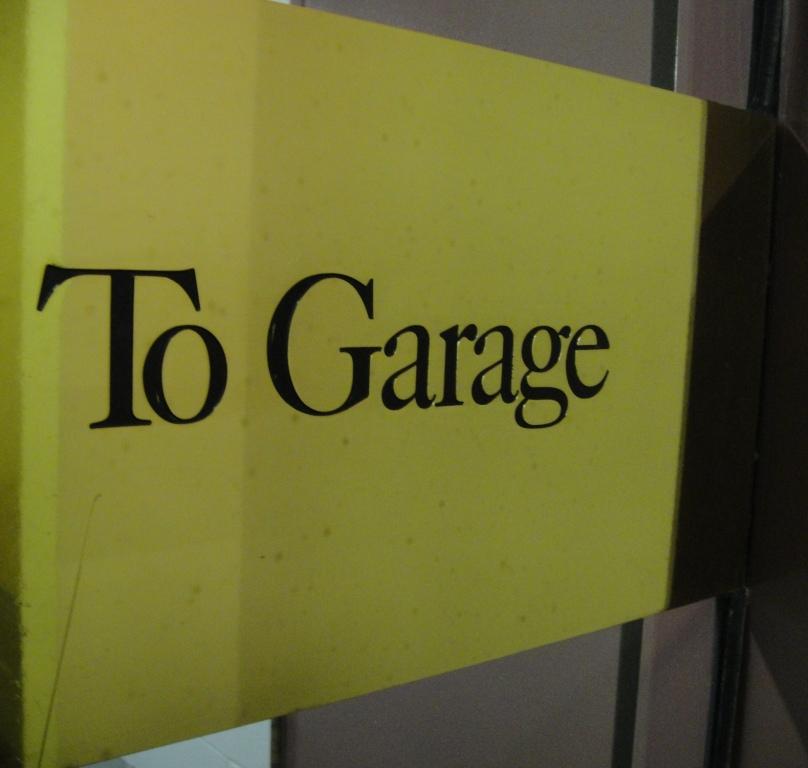
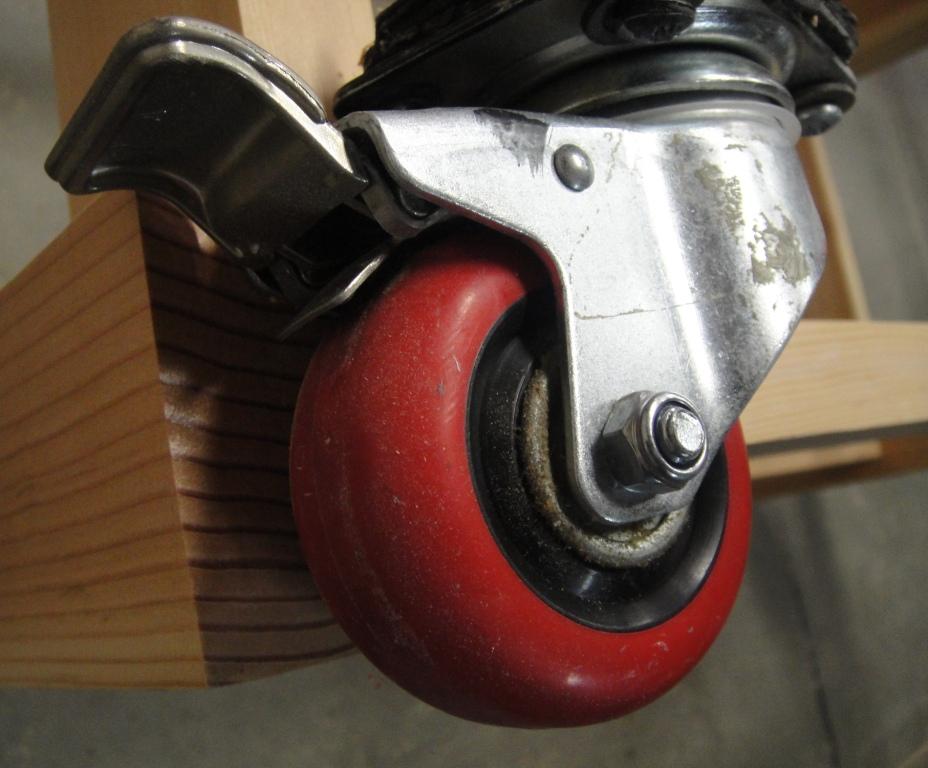




 How I went from a cluttered and disorganized shop to a super-productive layout with a convenient dust collection and electrical set-up.
How I went from a cluttered and disorganized shop to a super-productive layout with a convenient dust collection and electrical set-up. 





